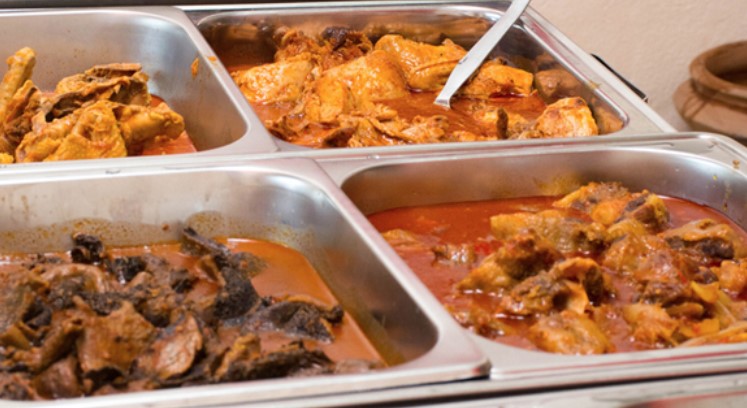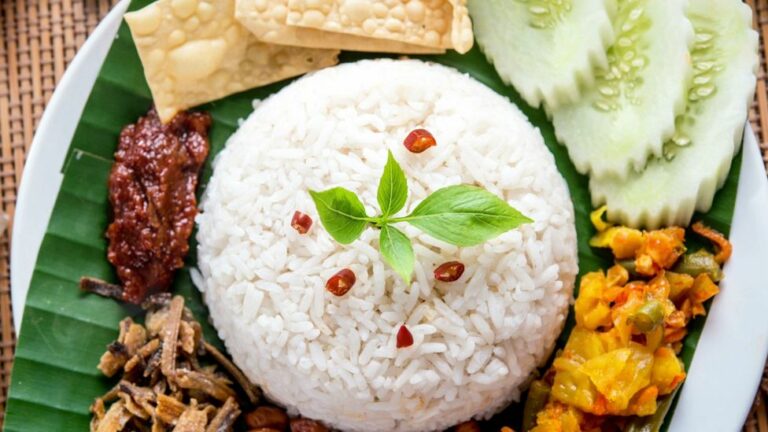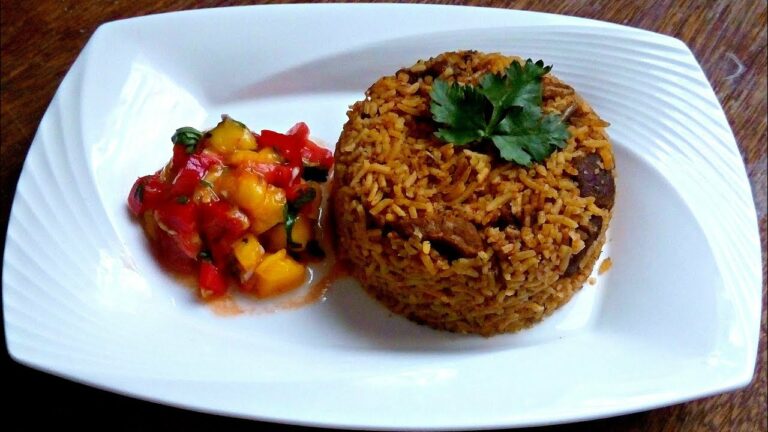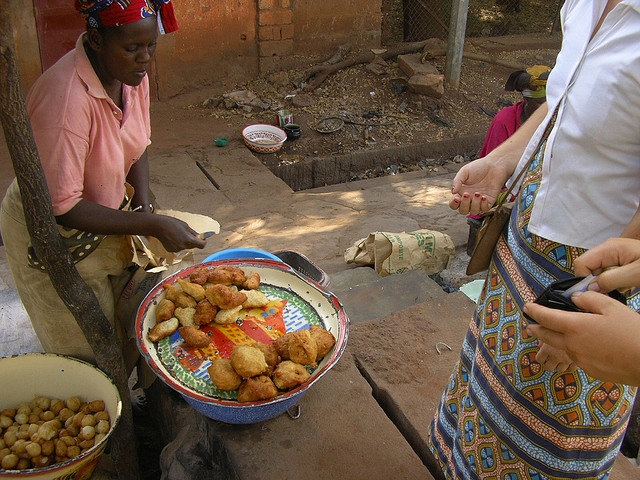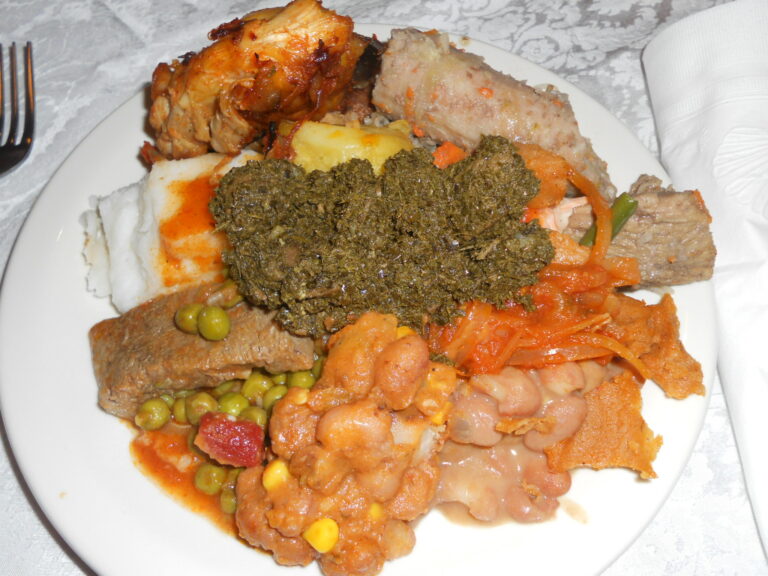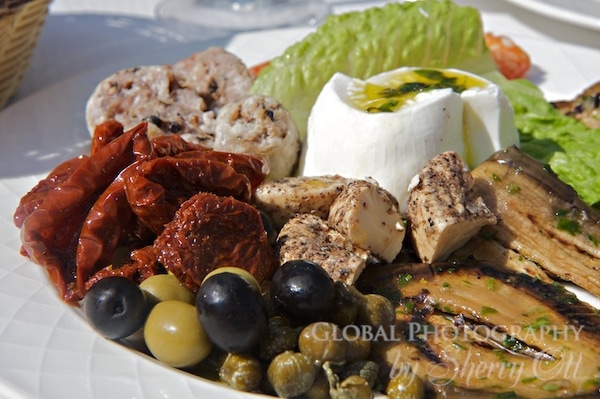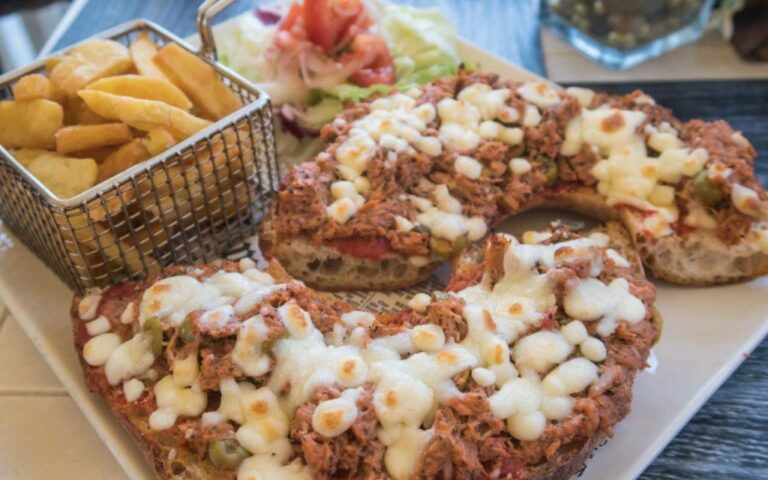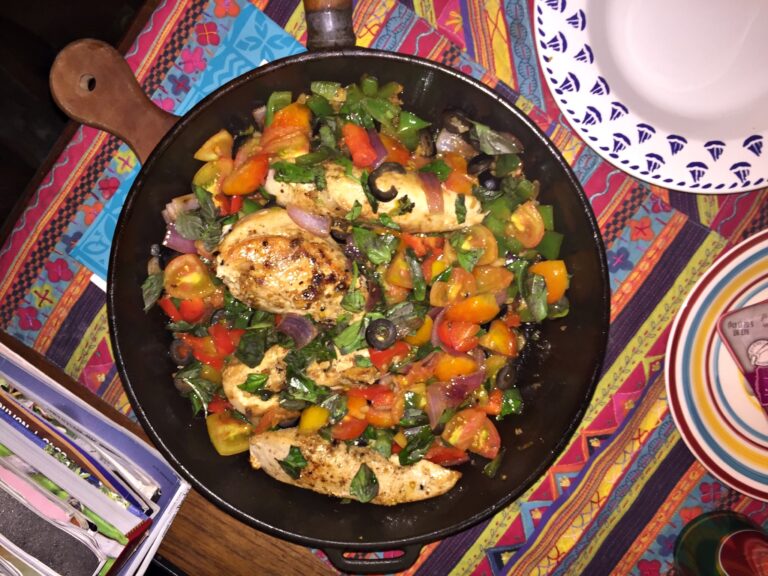Introduction
Malawi, located in southeastern Africa, has a rich cultural heritage that extends to its cuisine. Malawian cuisine, although not as popular as other African cuisines, is famous for its unique flavor and simple cooking techniques. In this article, we will explore the cultural practices and traditions that influence Malawian cuisine.
Traditional Malawian cuisine
Traditional Malawian cuisine is primarily made up of starchy foods such as cassava, maize, and rice. The staple food in Malawi is nsima, a thick porridge made from ground maize flour. It is often accompanied by different relishes such as vegetables, meat, and fish. Other traditional Malawian dishes include chambo (a type of fish), phala (a porridge made from cassava flour), and ndiwo (a vegetable stew).
Ingredients and cooking techniques
Malawian cuisine uses locally available ingredients such as cassava, maize, beans, and vegetables. Meat, fish, and dairy products are also included in the diet. The cooking techniques used in traditional Malawian cuisine are simple, with most dishes being boiled or grilled. Local spices such as chili, garlic, ginger, and cilantro are also used to add flavor to the dishes.
Regional variations
Malawi is home to different ethnic groups, and each has its unique cuisine. For example, the Yao people in the southern region of Malawi have a variety of dishes made from cassava flour, while the Ngoni people in the northern region prefer foods made from millet and sorghum.
Cultural significance of food
In Malawi, food is not just a source of nourishment but also an essential part of social and cultural life. Sharing meals with family and friends is a common practice, and hospitality is highly valued. Food is also used in traditional ceremonies and rituals, such as weddings and funerals.
Influence on modern cuisine
Malawian cuisine has influenced modern African cuisine, particularly in neighboring countries such as Zambia, Zimbabwe, and Mozambique. Some Malawian dishes, such as nsima, have become popular in these countries. Additionally, the use of local ingredients and spices in Malawian cuisine has inspired chefs in other parts of the world to incorporate similar flavors and techniques into their dishes.
In conclusion, Malawian cuisine is a reflection of the country’s cultural practices and traditions. From the staple food of nsima to the use of local spices, Malawi has a unique culinary heritage that continues to influence modern cuisine.

